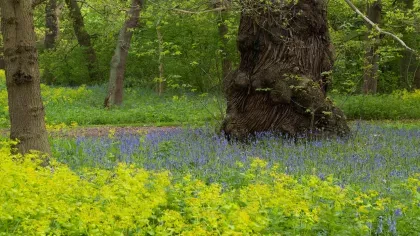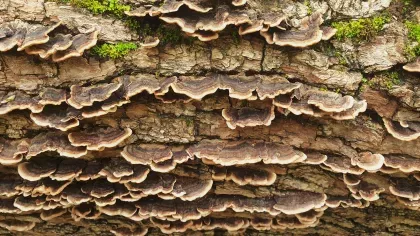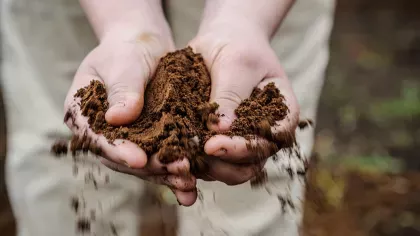19 November 2018
6 surprising relationships between trees, fungi, and animals
Find out how these six trees, animals and fungi rely on each other to survive.

Trees, animals and fungi have complex relationships - much like us humans.
Our woodlands are bursting with connections that are hidden to the naked eye, from underground webs of fungi to plants that depend on eachother.
Mistletoe
In ancient folk lore, druids would embrace beneath the boughs of a mistletoe. This tradition has survived, making mistletoe a Christmas tradition.
Despite it's romantic reputation, mistletoe is actually a parasite plant; so it grows and survives on host trees.
This reliance can cause stunted grown in some host trees, because the mistletoe deprives them of nutrients. The older the mistletoe gets, the more nutrients it greedily steals from its host.
A Kew Diploma student first introduced mistletoe to the Gardens by rubbing locally-collected seeds into the bark of nine suitable host trees. So, Kew's mistletoe owes its very existence to its generous hosts
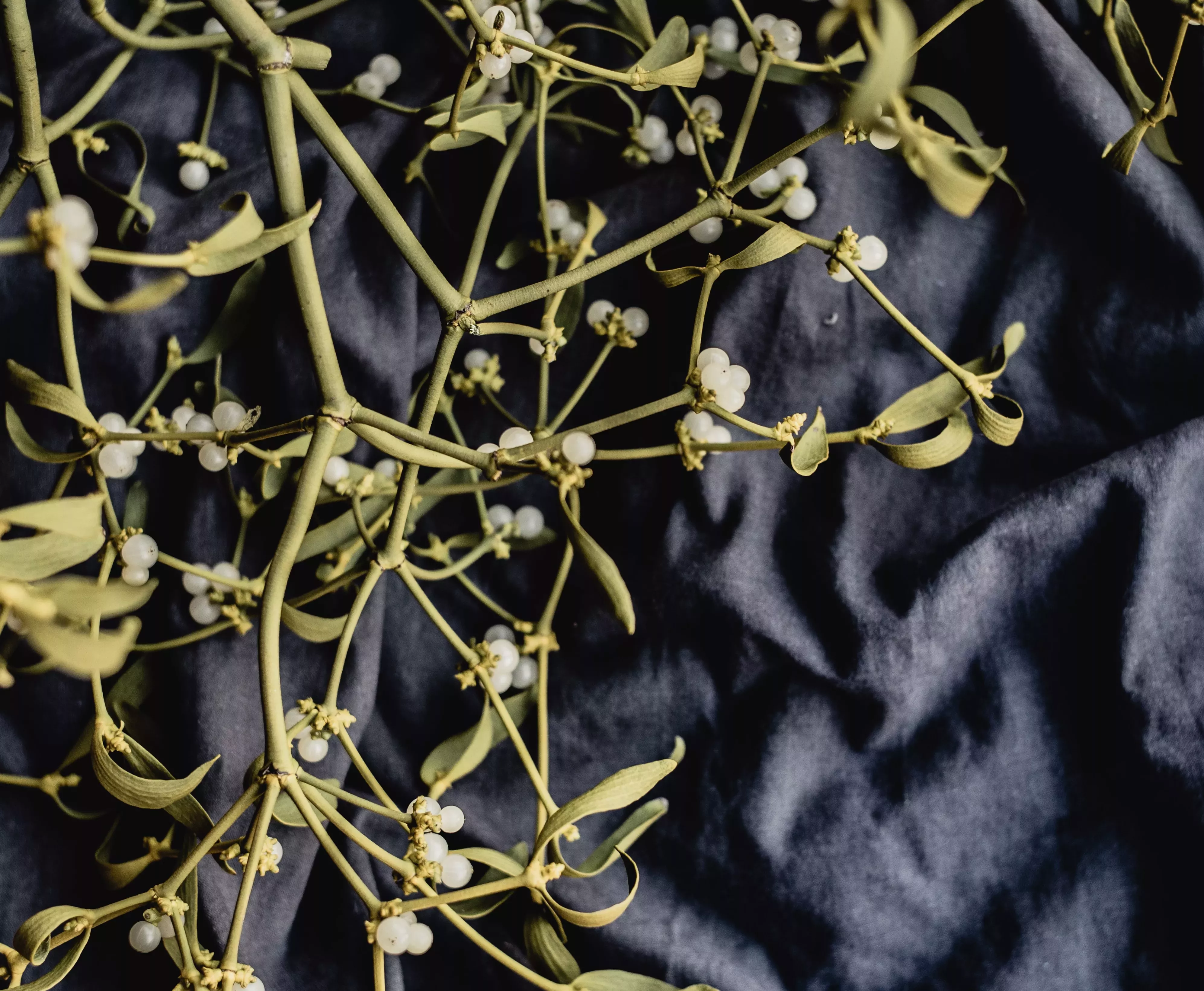
Berry attractive
The Yew tree relies on woodland animals to spread its seeds.
It has bright red berries, which is where the seeds are. The berries are poisonous to humans and most mammals - the bright red colour is a handy warning.
But the colour also attracts the right woodland creatures. It helps birds, badgers and grey squirrels find the berries more easily. They eat them and spread the poisonous seeds to more open areas in their poo.
They swallow the whole berry, but only digest the sticky outer coating. The poisonous seeds pass through their system undamaged and grow into new Yew trees.
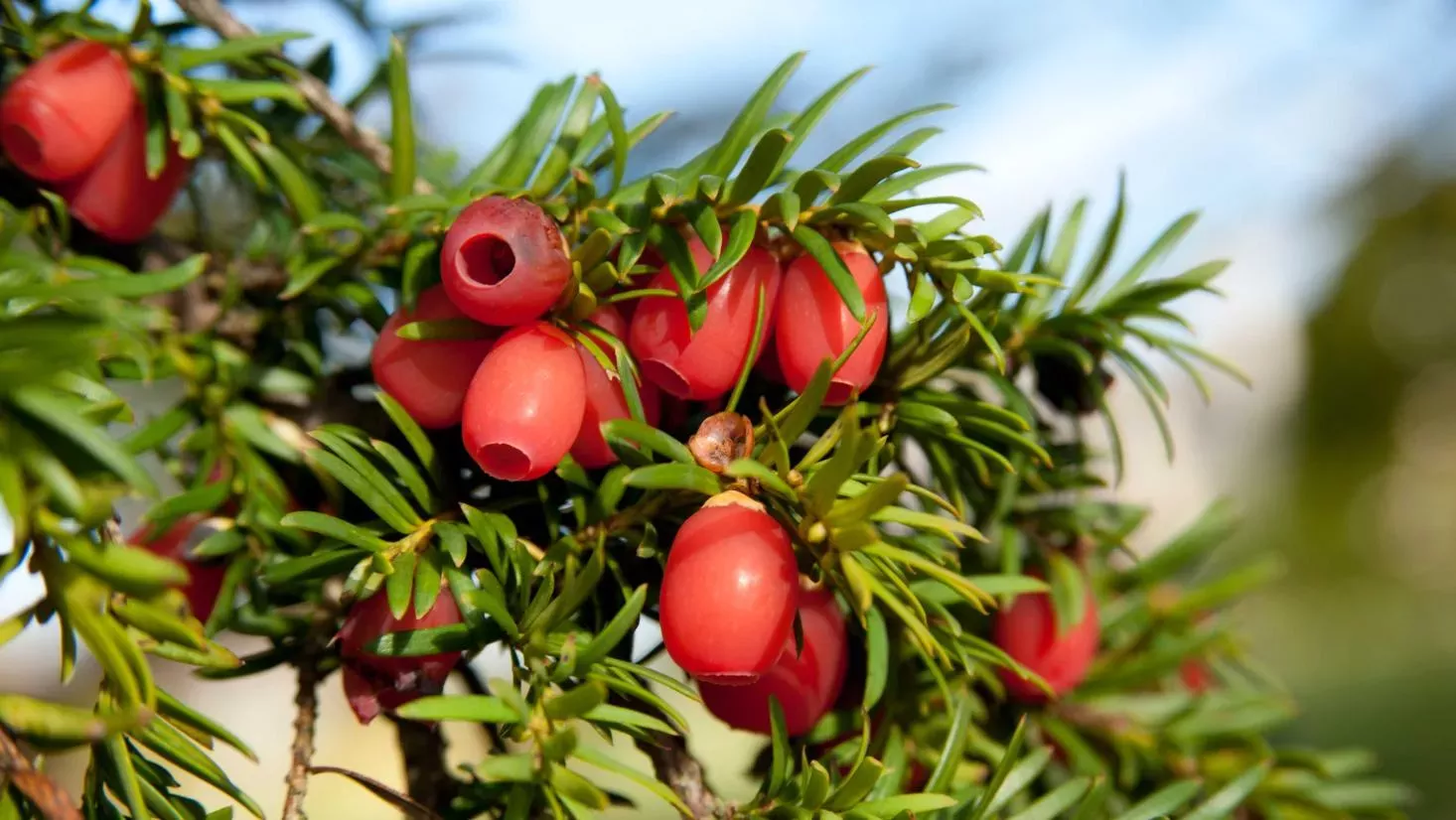
The woodland carpet
Pause for thought before you sweep away a tree's fallen leaves.
Leaf litter is a vital part of the forest, and many small animals and insects rely on it for food and shelter.
It acts as a cosy blanket, protecting seeds and bulbs from frost and providing food and shelter for a multitude of insects and animals.
Leaf litter prevents rainwater and wind from carrying the soil's nutrients away. Instead, water trickles through this structure surface, carrying essential nutrients with it.
Armies of creatures called detritivores break up and excrete leaf litter so that fungi and bacteria can take over and complete the recycling process.
As a result, ammonium, phosphate and carbon dioxide are all released into the soil where they nourish the surrounding plants.
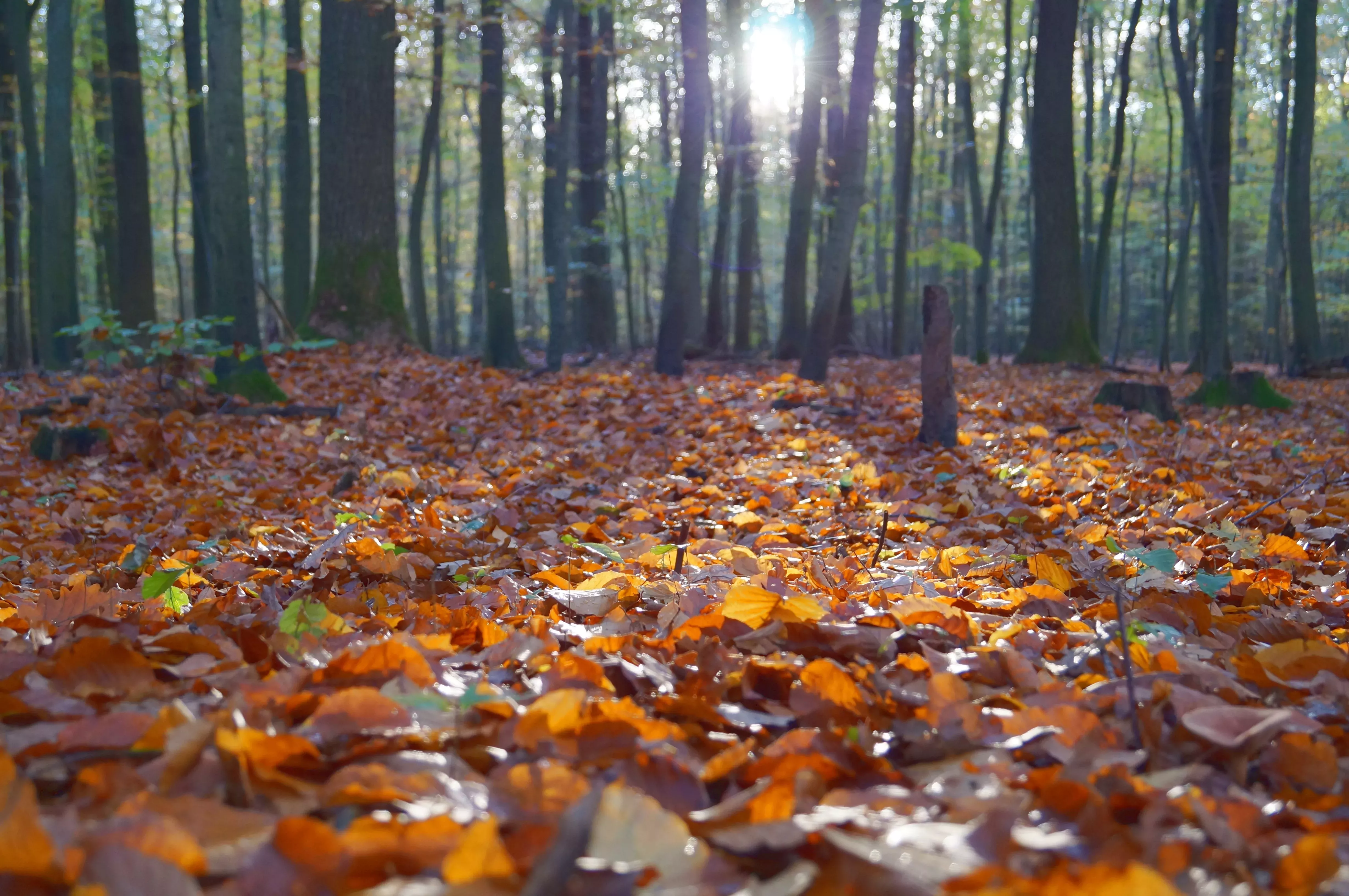
Woodland cleaners
Badgers are cleaners of the woodland.
They're omnivorous, so eat both plants and animals. They venture out at dusk and help to keep our native woodlands clean by eating any animal carcasses that they can find.
This cleanliness extends to their own homes. Badgers live in setts, which contain many underground chambers connected by a network of tunnels.
They keep their homes nice and neat and replace their bedding regularly to prevent bothersome pests like tics. They even bury their poo in a designated 'latrine' nearby!

Owl homes
Owls rely on trees to live in and store food.
They love to nest in tree cavities, and some species will even create a larder in the hollow of the tree where they store their favourite food.
In return for shelter, owls give back to the woodland. They keep the numbers of animals in balance in these habitats - their sharp eyes help them spot earthworms, bats, beetles, mice, and smaller birds.
